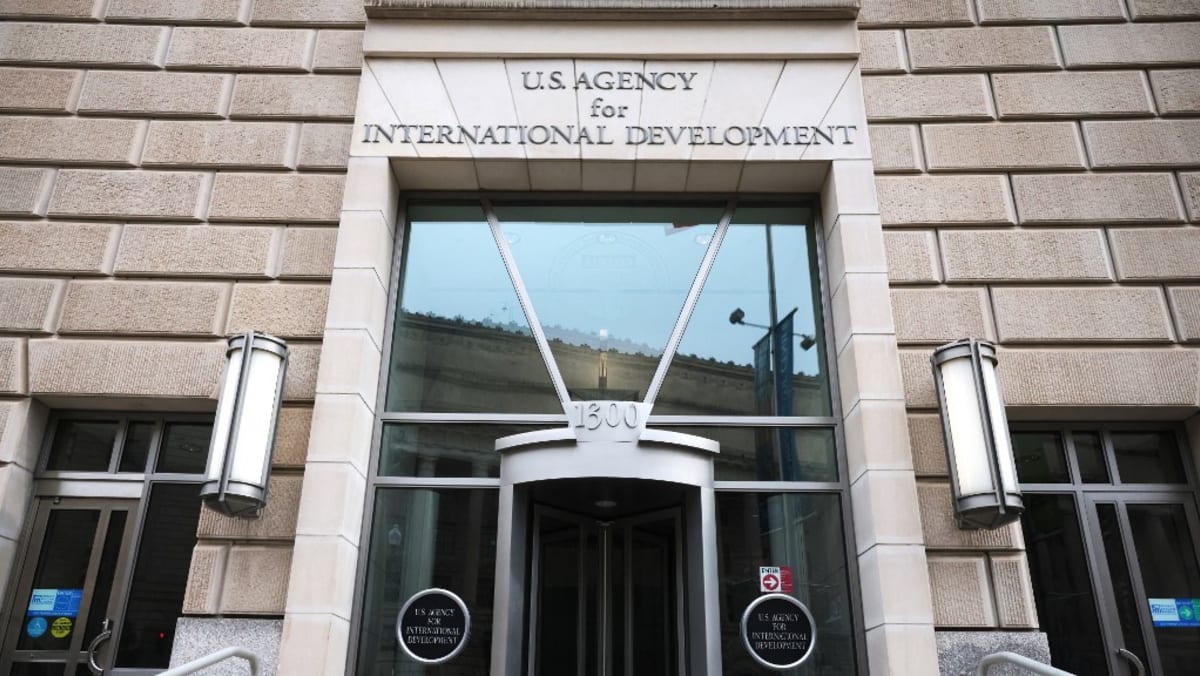SINGAPORE: A challenging path lies ahead as China navigates 2025.
Economic health will be the key focus. Beijing wants to keep the growth engines firing, with an all-out push to up domestic consumption.
“The government’s priority will be to sustain growth amid headwinds such as weak consumer confidence, rising youth unemployment, and geopolitical tensions,” Jing Qian, co-founder and managing director at the Asia Society Policy Institute’s Center for China Analysis, told CNA.
Its rocky relationship with the US will see more uncertainty in late January - specifically, after Donald Trump returns to the White House on Jan 20.
As the spectre of drastically sharper tariffs looms large, all eyes will be on what steps Trump will take - and how Beijing will react, or whether it will even resort to pre-emptive action, say analysts.
Cross-strait relations will occupy China too as a Trump 2.0 presidency in the US impacts Beijing’s calculations in the pursuit of reunification with Taiwan.
And at home, observers expect Chinese President Xi Jinping to continue consolidating power in the new year, and the list of senior officials ensnared in his signature anti-corruption drive to grow longer.
How China deals with these issues will have global ramifications. The world is watching.
BOOSTING DOMESTIC CONSUMPTION
Boosting domestic consumption and demand will be front and centre this year, and Beijing has made that clear. The annual tone-setting central economic work conference in December set it as the top priority.
Analysts say this drive has taken on particular urgency as geopolitical tensions like the Sino-US rivalry weigh heavy, coupled with domestic headwinds.
The world’s second-largest economy needs to rebalance the economic books - weaning itself off an export and investment-led model and focusing on household spending as a cornerstone for long-term growth.
Loosening the purse strings of 1.4 billion people would go a long way in galvanising a stuttering economy.
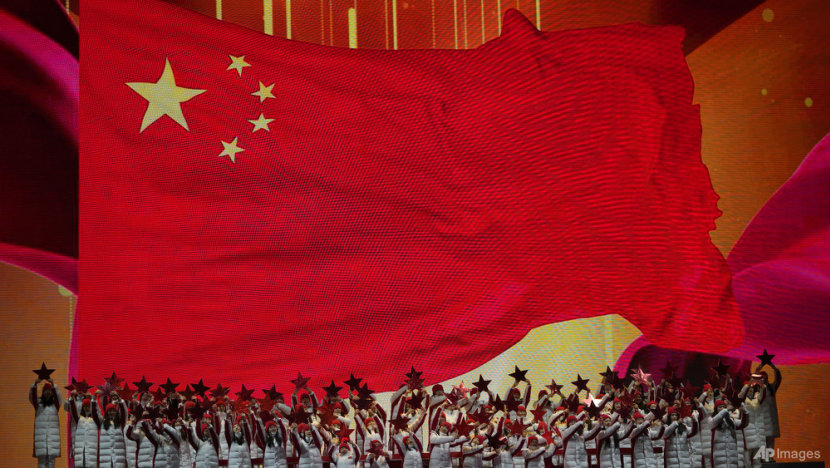 Performers prepare to ring in the new year near a Chinese national flag during a countdown event held in Beijing, Tuesday, Dec 31, 2024. (Photo: AP/Ng Han Guan)
Performers prepare to ring in the new year near a Chinese national flag during a countdown event held in Beijing, Tuesday, Dec 31, 2024. (Photo: AP/Ng Han Guan)
Stabilising the troubled property market will be key, noted senior economist Gary Ng from investment banking company Natixis. As much as 70 per cent of household wealth in China is tied up in property.
Describing real estate as “one of the most important factors for the Chinese economy” in 2025, Ng believes stable housing prices can create multiple knock-on effects, such as traditionally spurring sales of home appliances, furniture and even cars.
“(If there is) improvement in the real estate sector, then gradually it should also improve general consumption or even have other positive effects in the supply chain as well,” he told CNA. But that “positive cycle” is still missing, he noted.
Improving the job market will also be on the radar of policymakers, observers note.
There is a concerning phenomenon of disillusionment among younger workers, Ng observed. To this end, he believes policy solutions need to restore a sense of opportunity, so Chinese youths “will be able to be rewarded in a better way, in terms of job prospects”.
Consumer confidence in 2025 is “likely to remain fragile” due to relatively high youth unemployment, weak job creation, and lingering economic uncertainty, said CCA’s Jing. Potential remedies include more expansive unemployment benefits or direct fiscal support to low-income households, he added.
But it remains to be seen what measures will be enacted and how bold they will be.
“Hesitancy to fully embrace structural reforms - such as broad fiscal redistribution or welfare expansion - remains, driven by concerns over ‘welfare dependency’ and debt sustainability,” said Jing.
Analysts expect China to detail specific policy measures and support at the two sessions in March - the concurrent annual meetings of the country's legislature and top political advisory body.
GDP GROWTH
The country’s gross domestic product (GDP) growth target for the new year is traditionally revealed at the start of the two sessions.
“If I had to speculate, China is likely to set a cautious growth target of ‘around 5 per cent’ for 2025, consistent with the previous two years. This reflects Beijing’s emphasis on balancing economic stability with structural reforms while recognising ongoing domestic and external challenges,” said Jing.
At the same time, he believes Beijing will no longer treat its headline GDP growth target as ironclad. “GDPism is becoming less relevant in China, given the political signals from President Xi over the past years,” he said.
Ng from Natixis similarly concurs that the target may be more symbolic than literal as the list of economic challenges grows longer.
If Beijing truly wanted growth above 5 per cent, there would have been “a much stronger response in fiscal stimulus”, said the senior economist. Still, Ng believes Beijing will step up fiscal support this year, although the extent remains uncertain.
In December, China announced its first monetary policy shift since 2010 to spur growth, saying it would adopt an "appropriately loose" stance next year, as opposed to the existing “prudent”.
The government also approved a 6 trillion yuan three-year plan in November to help local governments refinance their sizeable debt.
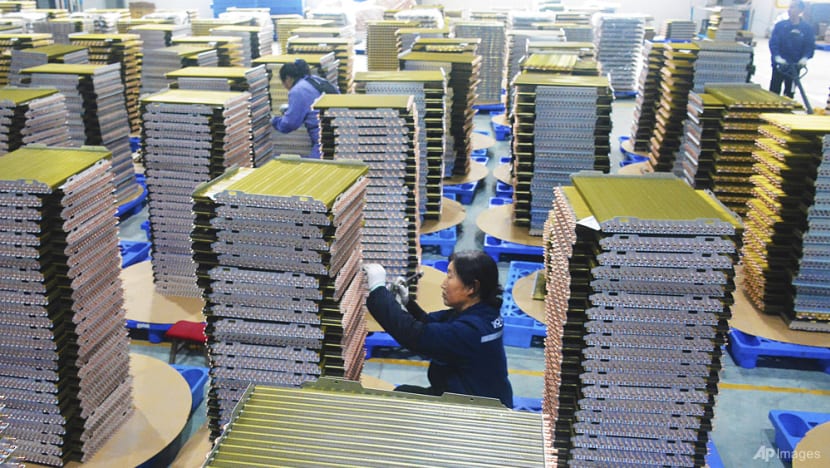 Workers labour at a factory of coolant radiators for air conditioners in Yuexi county in central China's Anhui province, in Feb 2024. (Photo: AP/Chinatopix)
Workers labour at a factory of coolant radiators for air conditioners in Yuexi county in central China's Anhui province, in Feb 2024. (Photo: AP/Chinatopix)
TRADE AND TARIFFS
Expect China to make moves on the external front as well, as it stares down the barrel of a Trump 2.0 presidency in the United States.
Donald Trump, the businessman-turned-politician, has been wielding tariffs as his go-to weapon.
He has threatened to sharply raise tariffs on all Chinese imports - initially proposing 60 per cent or more during the presidential hustings, before subsequently threatening an extra 10 per cent tariff as one of his first executive orders.
Observers are watching how China would react or even retaliate.
One point of view is that Beijing is armed with the experience in dealing with the first Trump presidency - which saw a gruelling trade war between the world’s top two economies - even though there would still be short-term pain.
Jing noted that Chinese manufacturers could face profit squeezes, reduced market access, and disruptions to supply chains in the short term, intensifying pressure on China’s export-dependent industries, particularly in electronics, textiles, and other consumer goods.
Ng from Natixis, however, paints a harsher scenario if US duties on Chinese goods skyrocket. He cautions that a lot of Chinese companies will have to “give up on the US market” should Trump’s 60 per cent tariff threat on all Chinese products turns from rhetoric to reality.
“I think because the profit margin has actually been squeezed a lot in the manufacturing sector over the past many years, then another 60 per cent is probably something that a lot of firms cannot handle.”
Ng further pointed out how the US might target “made by China” goods abroad, such as in Vietnam or Mexico, where Chinese firms have set up plants to circumvent tariffs. “If that door is also closed … the pain can actually be a lot higher,” he warned.
In the face of higher tariffs, observers say Beijing might allow the yuan to depreciate moderately. A weaker yuan could make Chinese exports cheaper, blunting the impact of tariffs.
“Allowing the yuan to weaken would signal a shift in priorities from maintaining foreign exchange stability to supporting export competitiveness,” said Jing from CCA. At the same time, Beijing will “carefully manage the range to avoid capital outflows and market instability,” he added.
 Employees work on an electric vehicle (EV) production line at a factory in Nanchang, Jiangxi province, China on May 22, 2024. (File photo: Reuters/Kevin Krolicki)
Employees work on an electric vehicle (EV) production line at a factory in Nanchang, Jiangxi province, China on May 22, 2024. (File photo: Reuters/Kevin Krolicki)
Selective retaliation is another tool at Beijing’s disposal. Jing believes China “will likely adopt a mix of strategies,” including diversifying markets and introducing more domestic stimulus, while also carefully retaliating against US firms that rely on the Chinese market.
Ng from Natixis said a “less costly” action China might consider is to target “very specific products” along the supply chain that it holds a sizeable market share of, such as critical metals, as this would minimise collateral damage at home.
At the same time, analysts see China strengthening ties with other global players, singling out the Association of Southeast Asian Nations (ASEAN) and the European Union (EU).
“These relationships could deepen as shared interests in countering US protectionism and fostering regional trade integration align,” said Jing. But this could also have drawbacks as Chinese goods flow elsewhere, experts point out.
“If the door towards the US is really shut, (it’s) possible that China will export a large part of its goods (originally meant for the) US market towards the rest of the world; that can actually create more competition as well,” said Ng.
“I would say other countries will try to basically balance these two different risks (US protectionism and Chinese export glut).”
Even as a Trump 2.0 presidency looms large, observers note a silver lining for China in the form of inadvertently spurring domestic innovation.
“Interestingly, Trump has earned the nickname ‘chuan jianguo’ in China - loosely translated as ‘Trump the nation builder’ or ‘Trump, the one who makes China great’,” highlighted Jing.
“(This reflects) a perception that his policies inadvertently push China toward self-reliance and economic transformation.”
SINO-US RIVALRY
Regardless, China will have its hands full managing the intensifying rivalry with the US as the Trump administration assumes office, analysts say.
Whether bilateral ties spiral or stabilise hinges on China’s interpretation of American actions and vice versa, asserts Alejandro Reyes, a senior fellow at the Centre on Contemporary China and the World, a think tank at the University of Hong Kong (HKU).
"The incoming Trump administration has indicated plans to review existing partnerships to determine whether they align with US interests. Beijing could interpret these moves as an effort to negotiate a deal or as a strategy aimed at further containment," Reyes told CNA.
One such partnership is the Indo-Pacific Economic Framework for Prosperity (IPEF), launched in 2022 under the Biden administration.
The IPEF has been viewed as a US-led alternative to other regional trade pacts such as the Regional Comprehensive Economic Partnership (RCEP) and the Comprehensive and Progressive Agreement for Trans-Pacific Partnership (CPTPP), both of which China is a part of.
“(The IPEF) aims to gather Indo-Pacific countries - not necessarily in opposition to China, but as a way to engage with them and reduce their overreliance on China," said Reyes. Half of the 14 participating countries in the IPEF are in Southeast Asia.
He highlighted how this approach could shift under Trump as his foreign policy tends to be “more unilateral”. "This would inevitably influence China's strategy in shaping its own regional and international partnerships,” Reyes added.
As it stands, Beijing appears poised to continue advocating for a “more inclusive international order” in tandem with other leaders of the Global South, said Aparna Divya, a PhD candidate in international politics at the School of International Relations and Public Affairs at Fudan University.
"This trend (challenges) established power dynamics, and emphasises the growing influence of developing countries in global decision-making," she told CNA.
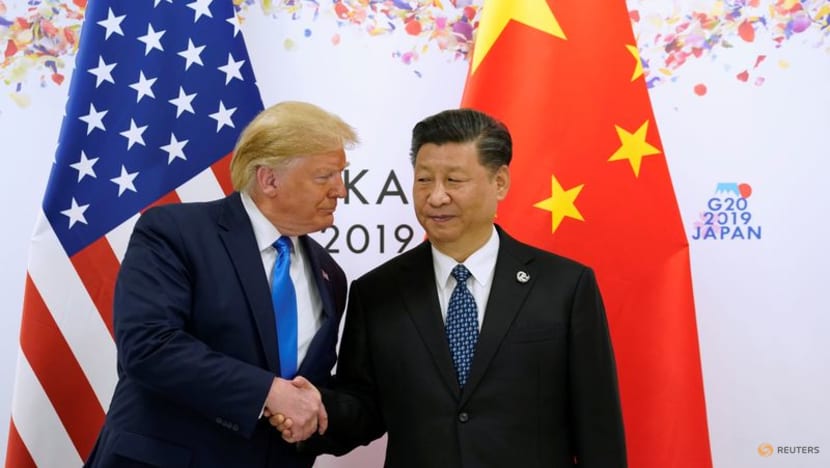 Then-US President Donald Trump and Chinese President Xi Jinping shake hands ahead of their bilateral meeting during the G20 leaders summit in Osaka, Japan, Jun 29, 2019. (Photo: Reuters/Kevin Lamarque)
Then-US President Donald Trump and Chinese President Xi Jinping shake hands ahead of their bilateral meeting during the G20 leaders summit in Osaka, Japan, Jun 29, 2019. (Photo: Reuters/Kevin Lamarque)
But Divya cautioned that China must carefully navigate its dual role as a self-proclaimed leader of the Global South and a global economic powerhouse. She pointed out that many developing nations view China as a partner and role model due to its significant investment and development efforts.
“(At the same time) there are concerns whether China’s involvement is motivated by strategic aspirations to increase its influence or by a sincere desire for partnership,” Divya noted.
On the security front, the South China Sea remains a key flashpoint and could escalate as the Sino-US rivalry deepens, said Alfred Wu, an expert in China politics from the Lee Kuan Yew School of Public Policy (LKYSPP) at the National University of Singapore.
“The Trump administration is likely to maintain, if not increase, its support for the Philippines in the disputed waters, as the Indo-Pacific is expected to remain a geopolitical priority,” he said.
Manila and Beijing have had a series of confrontations in the South China Sea over the past year, including a violent encounter in June where a Filipino sailor lost a finger.
Both sides have traded blame over the matter. The Philippines has accused China of aggression and obstruction. In turn, Beijing has accused Manila of “stirring up trouble “in the South China Sea with US backing.
China claims almost all of the South China Sea, putting it at odds with other claimants, namely Vietnam, Malaysia, Brunei, Taiwan and the Philippines.
“The key question is whether China will intensify its assertiveness in the region - and if so, how it will balance this while navigating its broader power strategy, especially amid a series of punitive trade and economic measures. This will be something to watch closely,” said Wu.
CROSS-STRAIT VOLATILITY
Amid geopolitical manoeuvring between China and the US, the Taiwan issue is expected to remain a bone of contention in 2025, note observers.
Beijing views the self-ruled island as a breakaway province to be reunified - by force if necessary. Meanwhile, Washington is a key supplier of weapons and military assets to Taipei despite not having formal diplomatic relations.
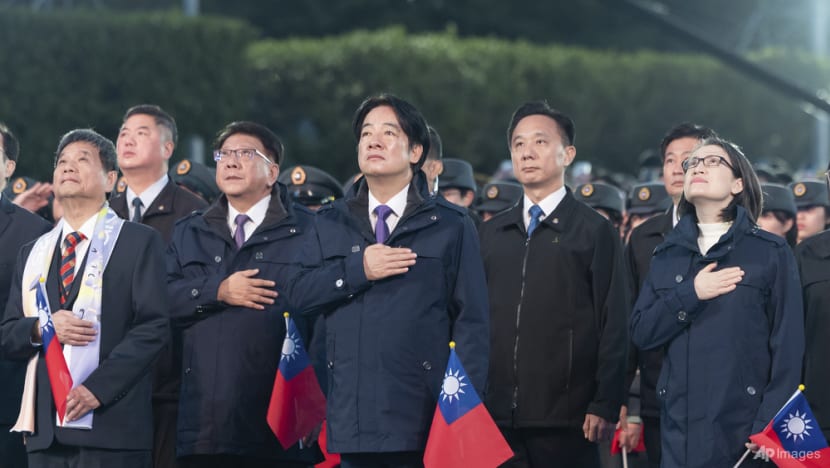 Taiwan's President William Lai Ching-te (centre, front) attends a flag-raising ceremony in Taipei, Taiwan on Jan 1, 2025. (Photo: Taiwan Presidential Office via AP)
Taiwan's President William Lai Ching-te (centre, front) attends a flag-raising ceremony in Taipei, Taiwan on Jan 1, 2025. (Photo: Taiwan Presidential Office via AP)
Trump’s transactional approach to diplomacy and his “America First” policy have raised doubts about the consistency and reliability of US support for the island. For instance, Trump has suggested Taiwan should pay for US protection.
Against this backdrop, the Taiwanese government has shifted to fostering self-reliance and strengthening social cohesion as part of its defence strategy, Reyes pointed out.
“There is a growing consensus within Taiwan that the island should not rely too heavily on the US for protection,” he said. “Many on the island appear to view a more hands-off approach by the US as something that could be positively received.”
Such a scenario could lead to a de-escalation of the Taiwan issue on the international stage, prompting Beijing to adopt a more structured approach to advancing its relations with Taiwan, said Reyes.
However, Wu from LKYSPP is less optimistic about the prospects of a breakthrough in cross-strait relations, especially with President William Lai Ching-te of the Democratic Progressive Party (DPP) leading Taiwan.
Beijing has repeatedly denounced Lai and even gone as far as calling him an “obstinate separatist”, Wu highlighted. "We have seen no progress in cross-strait relations, even at the people-to-people level. If anything, the situation may worsen rather than improve."
The DPP has led Taiwan since 2016. China has since enacted travel and trade restrictions, poached Taipei’s already limited number of diplomatic allies and stepped up military activity around the island.
In his New Year’s speech on Dec 31, Xi said no one can stop reunification with Taiwan. “The people on both sides of the Taiwan Strait are one family. No one can sever our family bonds, and no one can stop the historical trend of national reunification,” he said.
Wu pointed to an unannounced yet major exercise by Chinese naval forces near Taiwan on Dec 10, which Taiwanese authorities described as "the largest in decades" and “a significant threat”.
"The fact that the exercise was unannounced suggests that China may now prefer to keep its intentions regarding Taiwan under wraps," he said.
"This lack of transparency is concerning, as it leaves the international community uncertain about Beijing's actions, which could lead to miscalculations in the worst-case scenario."
INTERNAL POLITICS
On the domestic front, observers expect Xi to further consolidate power in the year ahead.
"I don’t foresee Xi relenting or easing his control as he approaches the midterm point of his third term as China’s top leader,” said Reyes from HKU. Xi secured an unprecedented third term in March 2023.
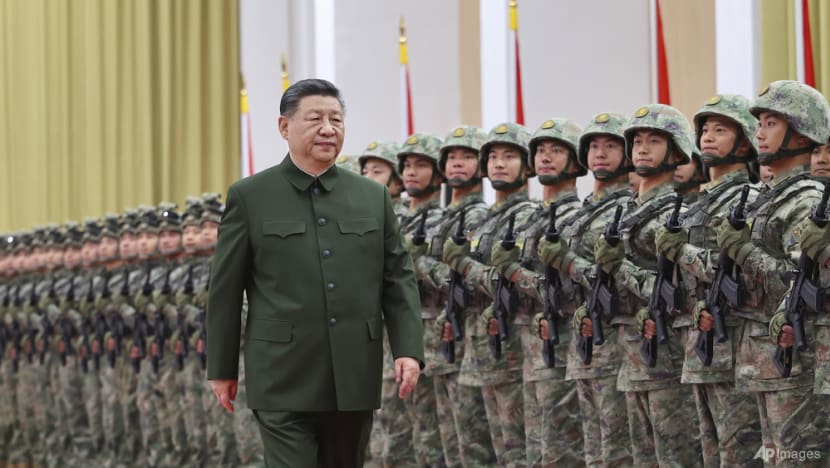 Chinese President Xi Jinping reviews troops during his inspection of the Chinese People's Liberation Army (PLA) garrison stationed in the Macau Special Administrative Region in southern China on Dec 20, 2024. (Photo: Xinhua via AP/Li Gang)
Chinese President Xi Jinping reviews troops during his inspection of the Chinese People's Liberation Army (PLA) garrison stationed in the Macau Special Administrative Region in southern China on Dec 20, 2024. (Photo: Xinhua via AP/Li Gang)
"Especially at a time when China is making significant efforts to bolster a slowing economy, the central government will need its full power and the support of the people.”
According to Reyes, the only way to achieve this is by maintaining a “strong central authority” to implement the necessary policies for driving and sustaining economic momentum.
Agreeing with this, Wu from LKYSPP further noted that this could lead to the intensifying of a long-running anti-corruption purge.
Last year, a record number of high-ranking officials were investigated, with 56 senior cadres at the vice-ministerial level or above coming under scrutiny, according to a tally by the South China Morning Post.
This was a nearly 25 per cent increase from 2023 when 45 senior officials were probed by the anti-graft agency the Central Commission for Discipline Inspection.
Launched by Xi in late 2012, the sweeping anti-corruption campaign has recently appeared to have the People’s Liberation Army firmly in its crosshairs, including the elite PLA Rocket Force which oversees China’s nuclear arsenal.
Central Military Commission ideology chief Miao Hua was suspended in November last year, and is under investigation for "serious violations of discipline".
A day before that, the Financial Times reported that Chinese Defence Minister Dong Jun was under investigation for alleged corruption. China dismissed the report as “shadow chasing”, and Dong himself reappeared in public over a week later, stirring intrigue.
Back in June, Beijing announced investigations into former defence ministers Li Shangfu and Wei Fenghe for corruption, expelling them from the party and stripping them of their military ranks.
"China has long outlined a plan to modernise its military, and it cannot afford corruption within its ranks," said Wu.
"Holding individuals accountable sends (a message) to the public that the government will not tolerate actions that hinder national progress, which, in turn, helps instil confidence in the socio-economic sphere - something the country desperately needs."
China watchers will also be keeping a close eye out for any indications of personnel being hinted at or earmarked for top leadership positions, including a potential successor to Xi, say analysts.
Xi’s current five-year term runs through 2027. Analysts CNA previously spoke to say there are hints that Xi is seeking a fourth term as China’s helmsman.
“If we start to see signs of Xi grooming a successor, it may indicate that he may not necessarily take a fourth term (as Chinese president),” Reyes said.
“But if there is none … I would think that the general consensus these days is that he would more than likely go for a fourth term.”

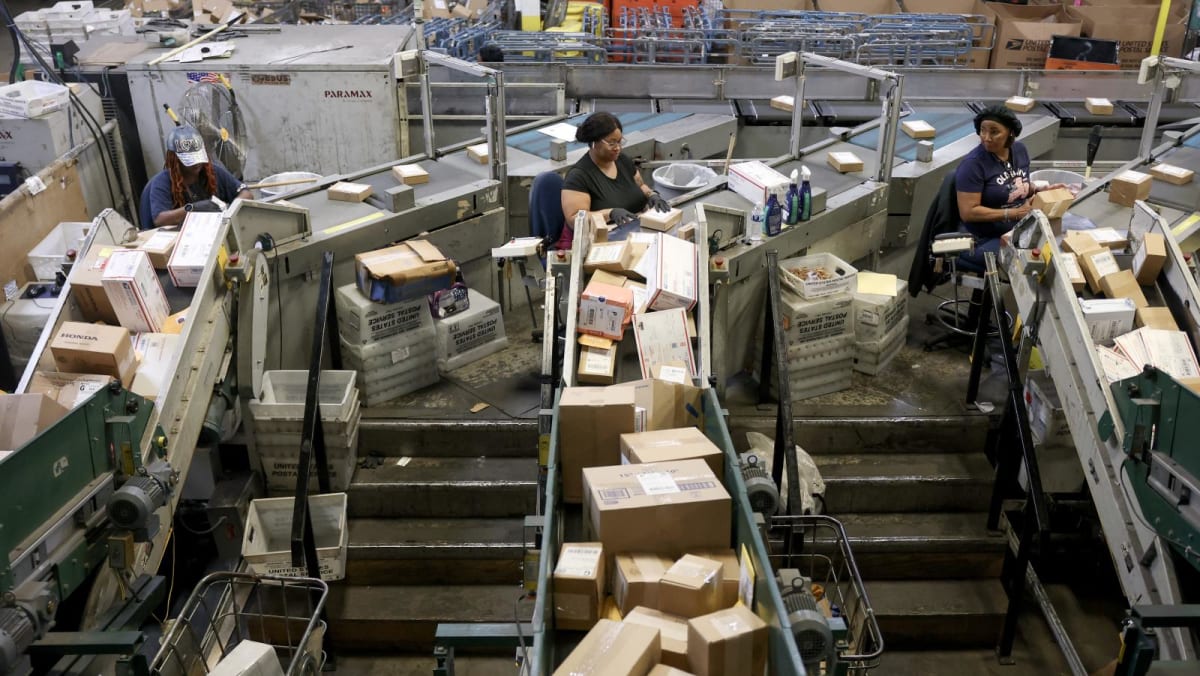
.jpg?itok=8vQxiINi)

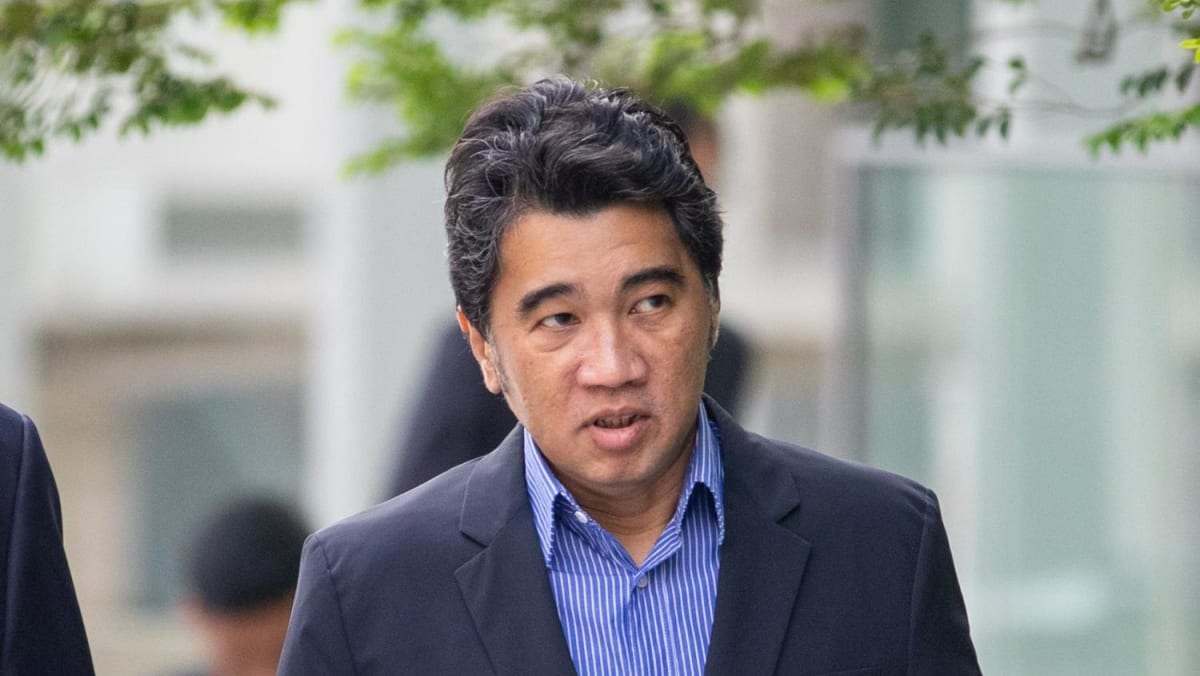


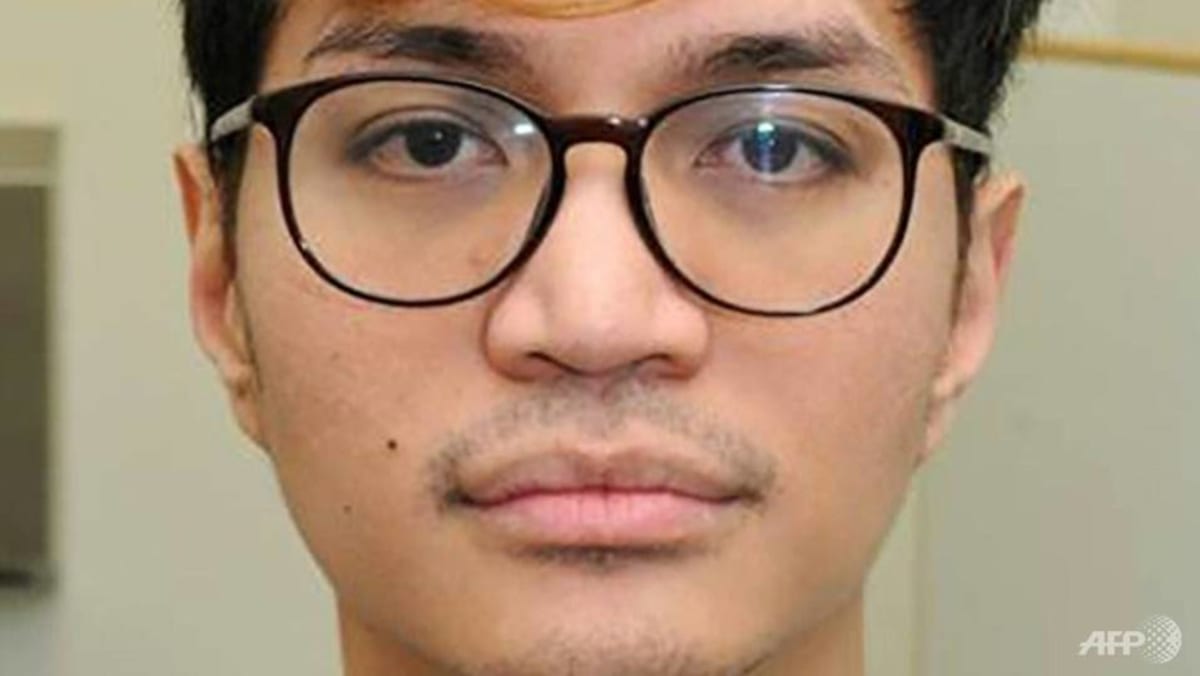
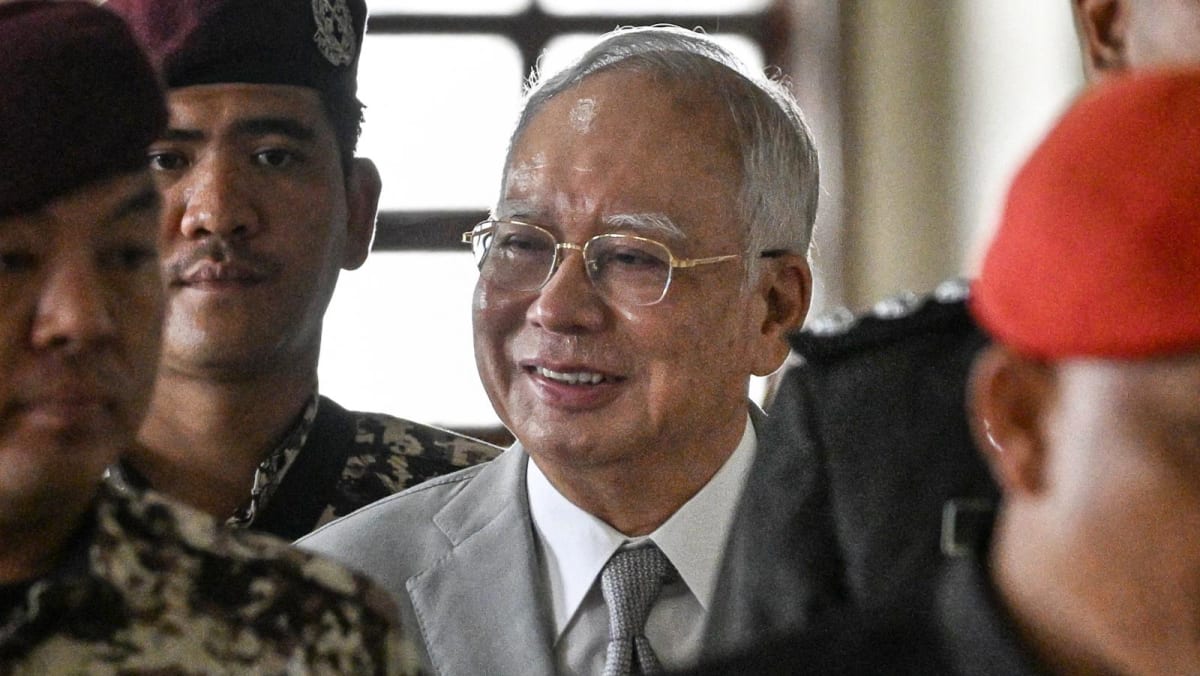
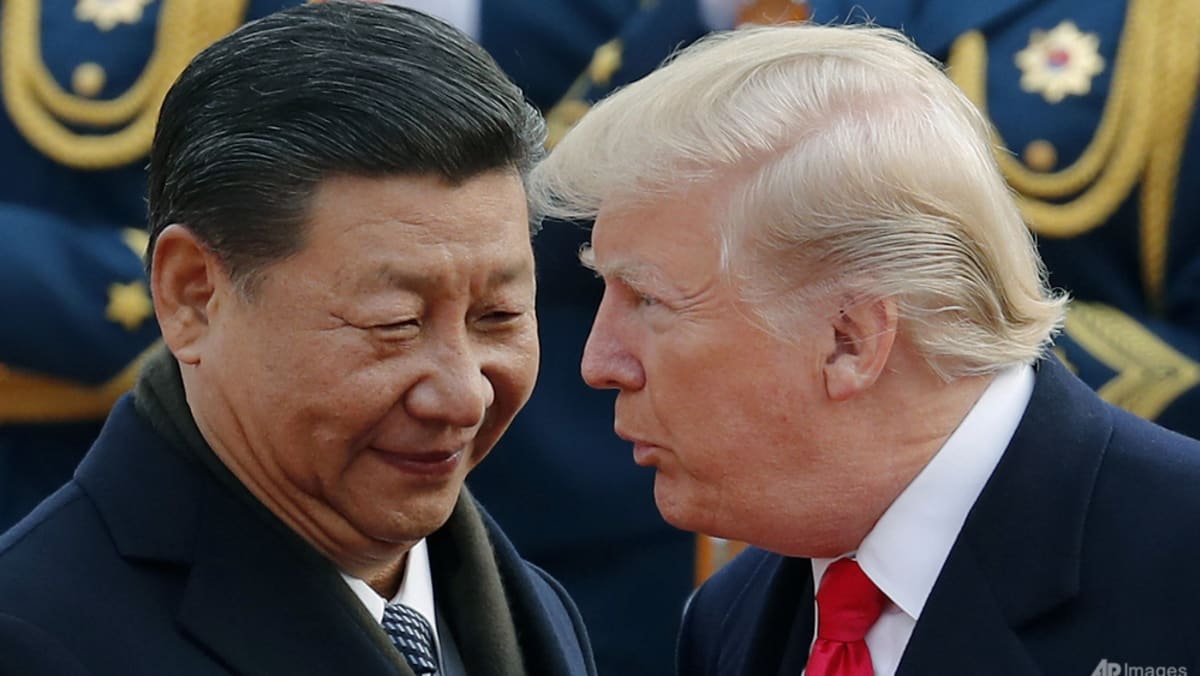
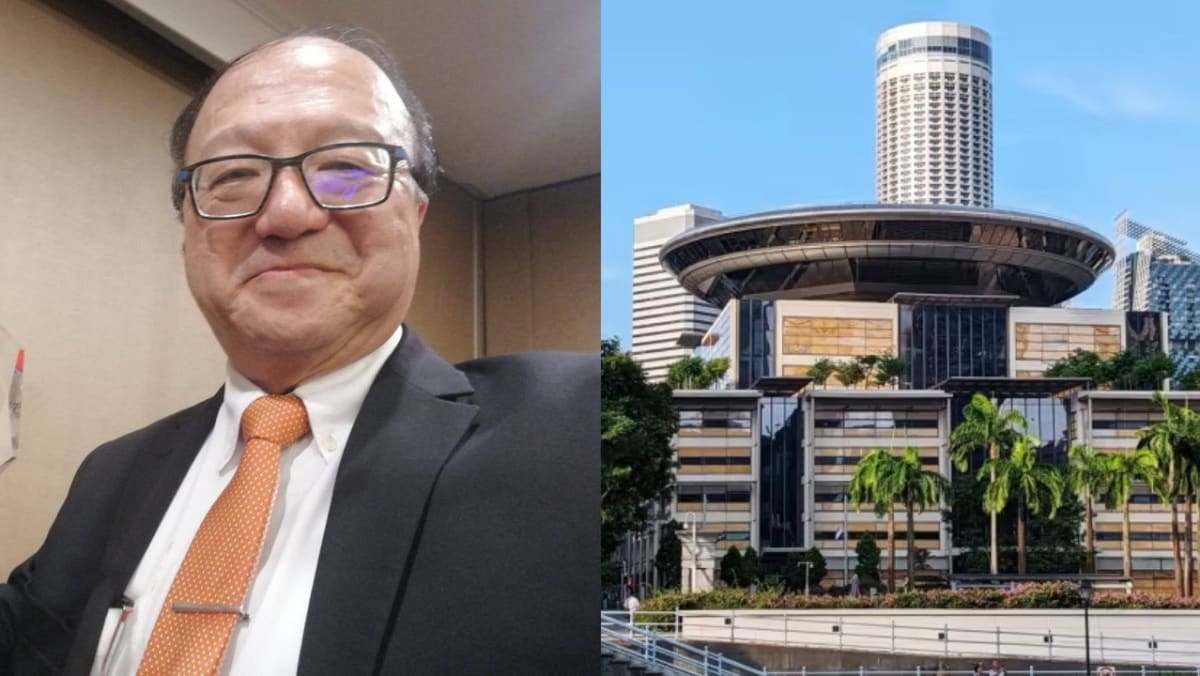

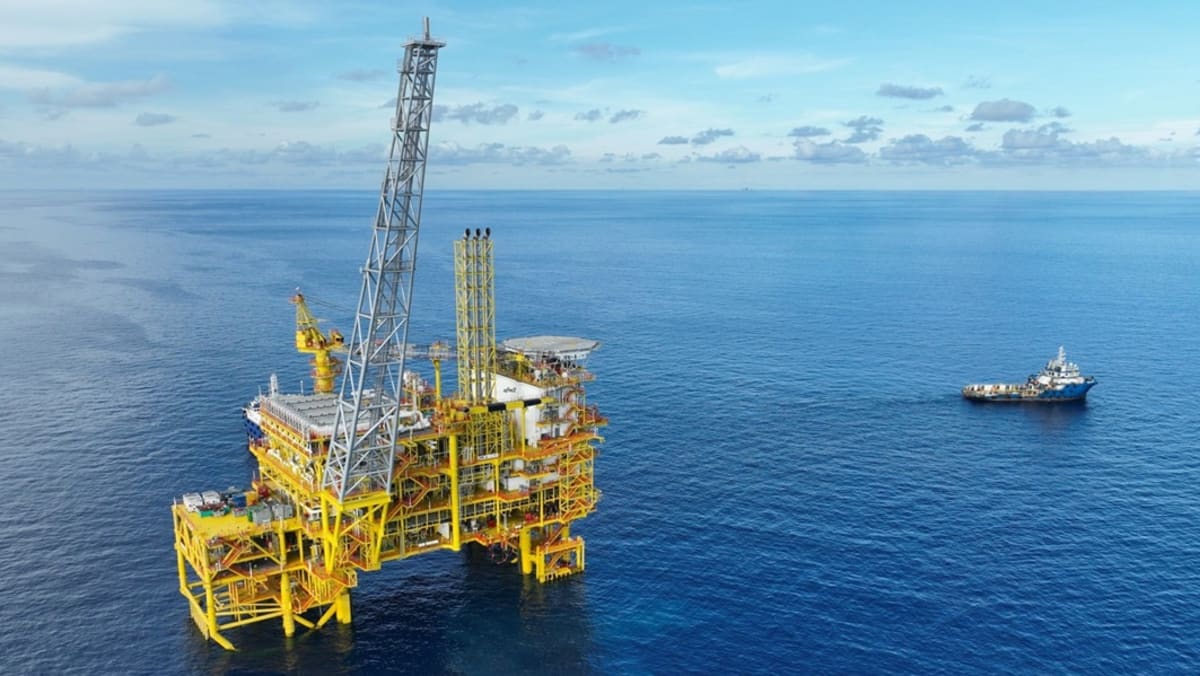
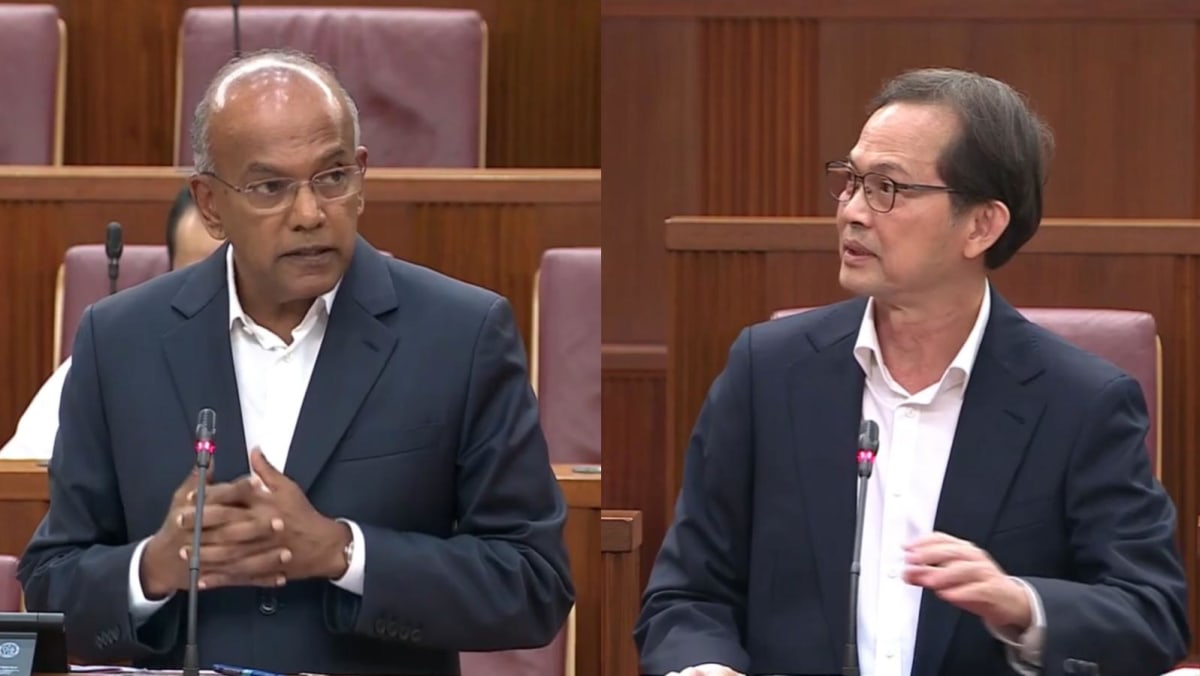
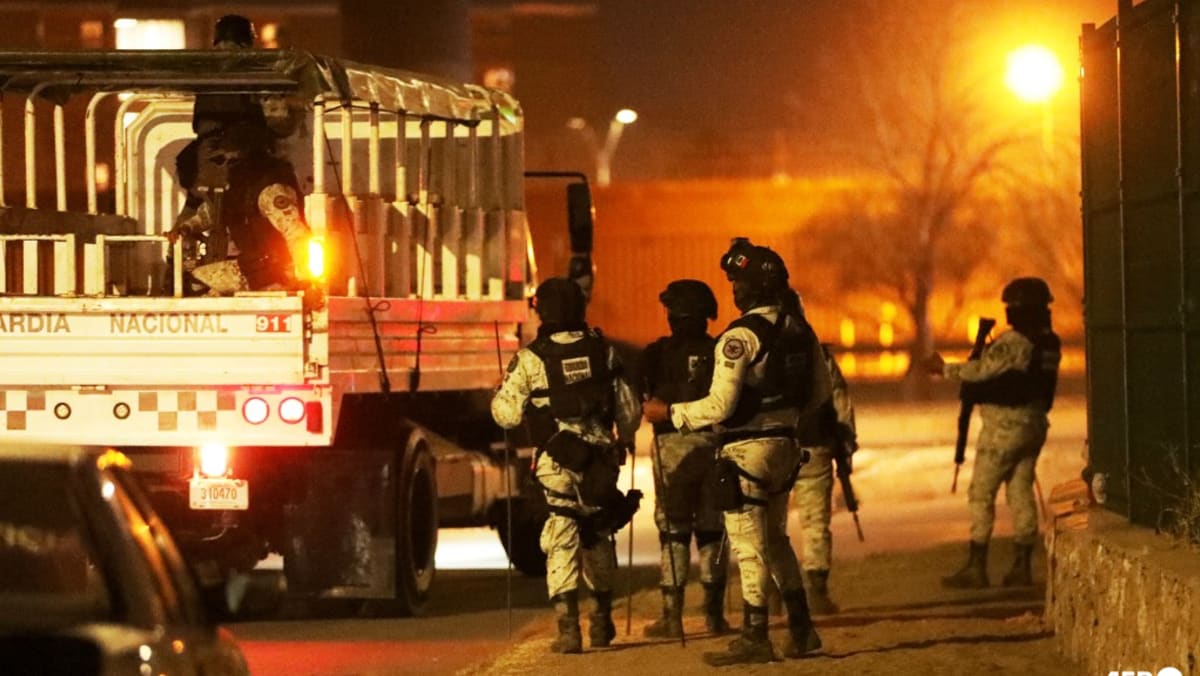

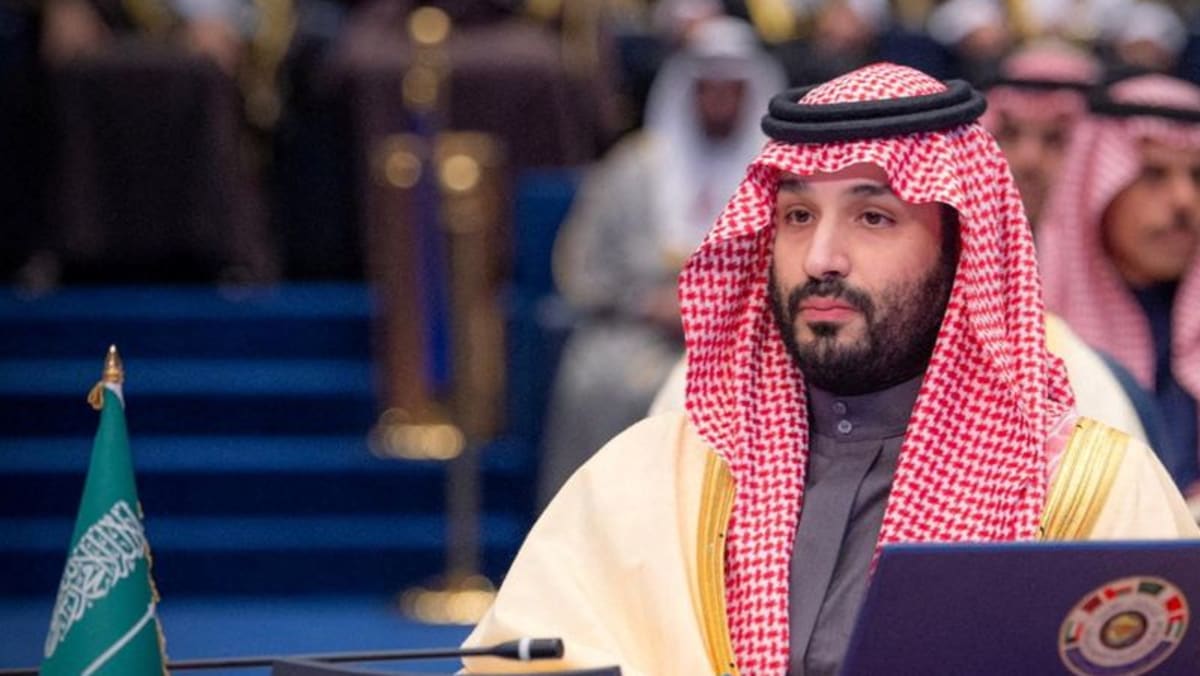
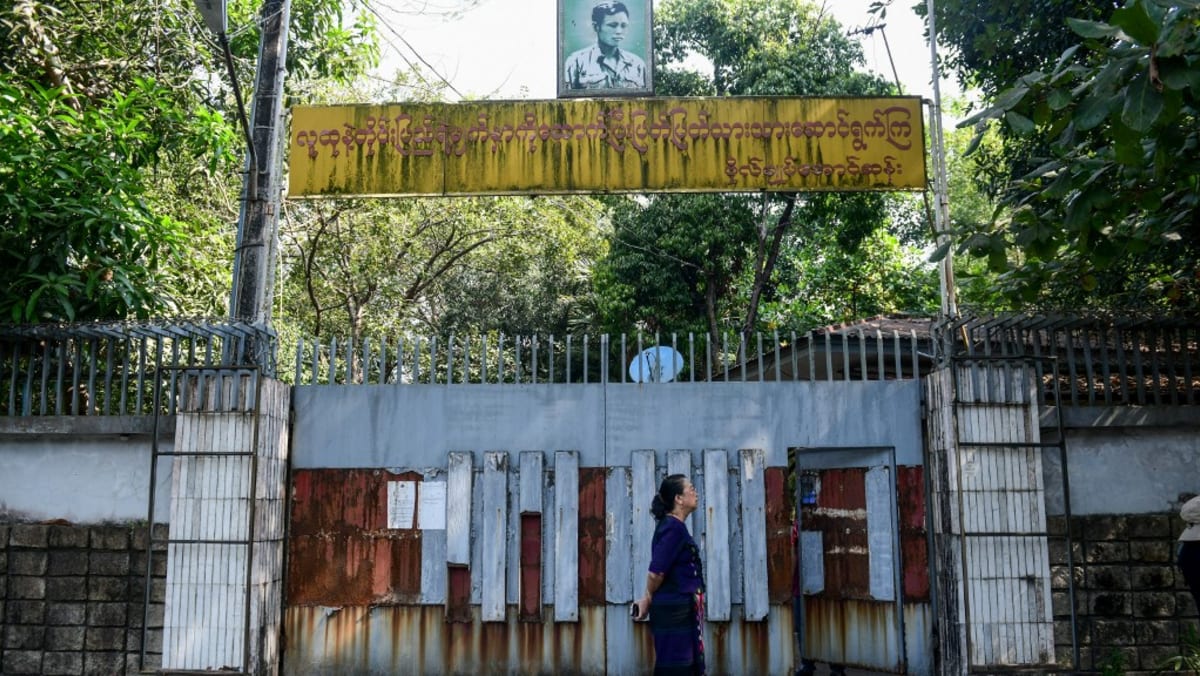
.jpg?itok=HVcXoYme)

